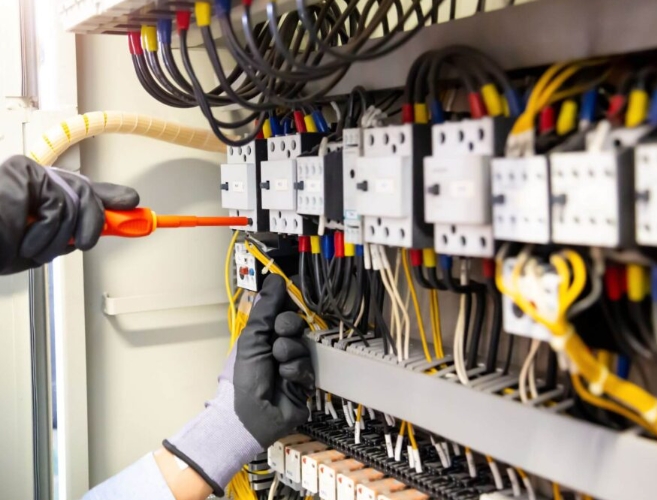Relays are essential components in various electrical systems, enabling the control and switching of circuits. Among the different types of relays, the DC relay plays a crucial role in many applications. In this blog post, we will delve into the intricate workings of a DC relay, exploring its principles, components, and applications.
- Understanding the Basics:
A DC relay, short for Direct Current relay, is an electromechanical device that utilizes an electrical current to control the flow of another electrical circuit. It consists of several key components, including a coil, an armature, contacts, and a spring. The coil generates a magnetic field when an electric current passes through it, which in turn attracts or repels the armature, causing the contacts to open or close. - The Operation Process:
When a DC voltage is applied to the coil, an electromagnetic field is created, resulting in the armature being either attracted or repelled. This movement of the armature determines the state of the contacts. In the normally open (NO) position, the contacts are open, interrupting the circuit. Conversely, in the normally closed (NC) position, the contacts are closed, allowing the circuit to flow uninterrupted. The state of the contacts is determined by the design and purpose of the relay. - Types of DC Relays:
DC relays come in various configurations to suit different applications. Some common types include:
- Latching Relays: These relays maintain their state even after the power is removed, thanks to a permanent magnet or mechanical latch mechanism. They are commonly used in power-saving applications and memory circuits.
- Polarized Relays: These relays are designed to operate in a specific direction of current flow, ensuring proper functionality and preventing damage. They are commonly used in automotive applications.
- Reed Relays: These relays utilize a reed switch enclosed in a glass tube, providing excellent electrical isolation and fast switching speeds. They are commonly used in telecommunications and test equipment.
- Applications of DC Relays:
DC relays find applications in a wide range of industries and systems, including:
- Automotive: DC relays are used in automotive electrical systems for functions such as controlling lights, motors, and solenoids.
- Industrial Automation: They play a vital role in controlling machinery, motors, and sensors in industrial automation systems.
- Telecommunications: DC relays are used in telephone exchanges, switching systems, and communication networks for signal routing and switching.
- Power Generation and Distribution: They are used in power plants and substations for circuit protection, control, and monitoring.
Conclusion:
Understanding the inner workings of a DC relay is crucial for engineers, technicians, and enthusiasts working with electrical systems. By harnessing the principles of electromagnetism, DC relays provide reliable and efficient control over electrical circuits in various applications. Whether in automotive, industrial, or telecommunications settings, DC relays continue to be indispensable components in modern technology.


More Stories
Performance, Application Scenarios and Selection of External Panel Materials for Outdoor Mobile Shelters
5 Game-Changing Tips to Supercharge Your Home Theater with a Universal Projector Remote
High-Efficiency Automotive Power MOSFETs Optimized for Electric and Hybrid Vehicles’ Powertrain Systems